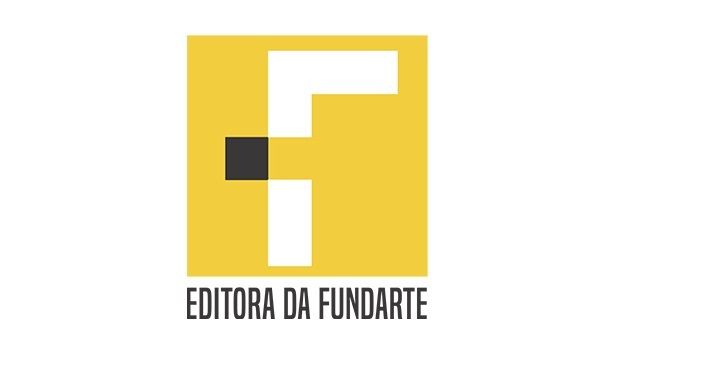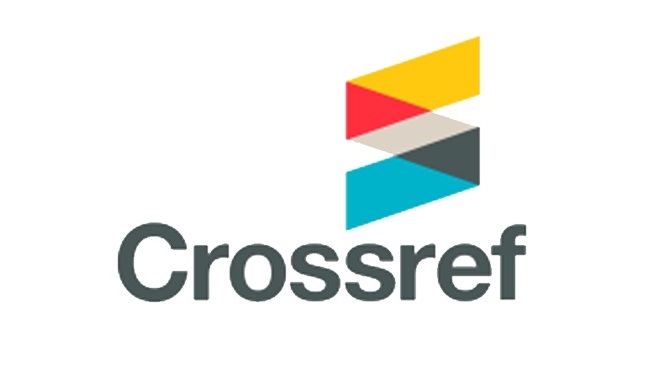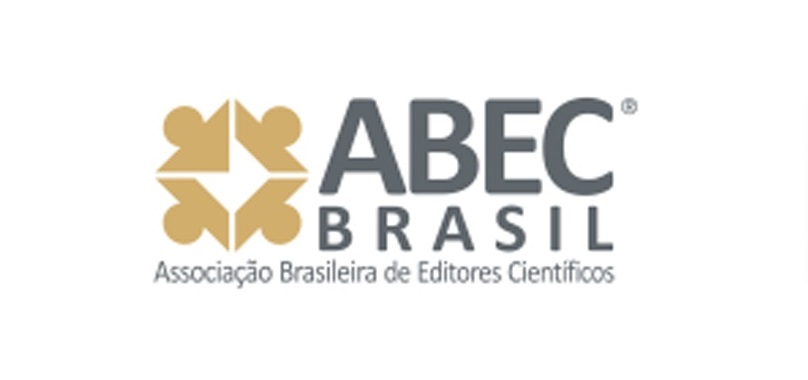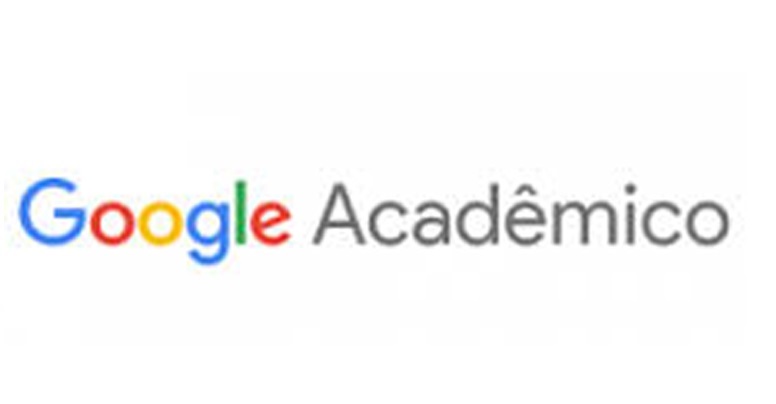O que estamos fazendo?
The creative process of an actor-videomaker in social isolation
DOI:
https://doi.org/10.19179/rdf.v53i53.1193Keywords:
creative process, creation cycles, actor-videomaker, theater in the pandemicAbstract
The period of social isolation, due to the world pandemic of Covid-19, required the performers to investigate new creation procedures that would allow the continuity of their work. In this text, researchers from the xxxxx (XXXX) present reflections on the work “O que estamos fazendo?” - a creative process development in the home environment through a strict dialogue with audiovisual resources. The way in which the group explored the approach of creation in cycles - Cycles Repère - developed by Jacques Lessard, and the Tasks or Scores, proposed by Anna Halprin, is exposed. From the analysis and presentation of the materials developed by one of the actors in the work, we arrive at the figure of the actor-videomaker resulting from the functions performed by the actor throughout the creation, as well as from the hybridization processes between theater and audiovisual technologies.
References
BARONE, Luciana. Processo colaborativo: origens, procedimentos e confluências interamericanas. In: CERQUEDA, S. B.; SOUZA, L. S.; RAMOS, A. N.; SANTOS, E. 20 anos de interfaces Brasil-Canadá. Salvador: EDUFBA: ABECAN, 2011. Disponível em: <http://www.anaisabecan2011.ufba.br/Arquivos/Barone-Luciana.pdf>. Acesso em 28 mar., 2021.
BARRAZA ELESPURU, Ernesto. Un teatro para la pandemia: alternativas para la creación escénica en tiempos del nuevo coronavirus en el Perú, a propósito del proyecto virtual «Sin filtro» del Teatro Británico. Desde el Sur, Lima, v. 12, n. 1, p. 263-284, 2020. Disponível em: https://revistas.cientifica.edu.pe/index.php/desdeelsur/article/view/647/669. Acesso em: 04 de ago., 2021 DOI: https://doi.org/10.21142/DES-1201-2020-0016
CODEVILLA, Fernando Franco. Video+Performance: Processos com o audiovisual em tempo real. 2011. Dissertação de mestrado. Artes Visuais. Universidade Federal de Santa Maria. Santa Maria. 2011. Disponível em: <https://repositorio.ufsm.br/handle/1/5203> Acesso em: 27 de jul., 2021.
COHEN, Renato. Performance como linguagem. São Paulo: Perspectiva, 2013.
COLATINO, Talles. Encenações das possibilidades: teatro, imaginário e isolamento. Estudos universitários: revista de cultura, Recife, v. 37, n. 1/2, p. 216-224, dez. 2020. Disponível em: <https://periodicos.ufpe.br/revistas/estudosuniversitarios/article/view/249137/0> Acesso em: 27 de jul., 2021. DOI: https://doi.org/10.51359/2675-7354.2020.249137
CONDE, Rafael. O ator e a câmera: investigações sobre o encontro no jogo do filme. Belo Horizonte: Editora UFMG, 2019. DOI: https://doi.org/10.7476/9786558580126
RACCA, Gustavo B. O quadro, o corpo e o espaço no cinema. Paranoá, [S. l.], n. 24, p. 10–21, 2020. DOI: 10.18830/issn.1679-0944.n24.2019.03. Disponível em: https://periodicos.unb.br/index.php/paranoa/article/view/29384. Acesso em: 2 mar. 2022. DOI: https://doi.org/10.18830/issn.1679-0944.n24.2019.03
RIBEIRO, Francisco Taunay Costa. Vjing: A Comunicação das Imagens e a Interação Homem-Imagem. 2007. Dissertação de mestrado. Comunicação Social. PUC-Rio. Rio de Janeiro. 2007. Disponível em: <https://www.dbd.puc-rio.br/pergamum/tesesabertas/0510415_07_pretextual.pdf>. Acesso em: 24 de fev., 2022.
WORTH, Libby; POYNOR, Helen. Anna Halprin. London & New York: Routledge. 2004. DOI: https://doi.org/10.4324/9780203307922
Downloads
Published
How to Cite
Issue
Section
License
Copyright (c) 2023 MARCIA BERSELLI, Diego de Medeiros Pereira, Diordinis Baierle dos Santos, Sidnei Mauro de Melo Junior

This work is licensed under a Creative Commons Attribution-NonCommercial-NoDerivatives 4.0 International License.
Ao submeter um artigo à REVISTA da FUNDARTE e tê-lo aprovado, os autores mantem os direitos de autoria e concordam em ceder, sem remuneração, os seguintes direitos autorais à REVISTA da FUNDARTE : os direitos de primeira publicação e permissão para que esta revista redistribua esse artigo e seus dados aos serviços de indexação e referências que seus editores julguem usados.
Este trabalho está licenciado sob uma Licença Creative Commons Não Comercial 4.0 Internacional.
![]()











